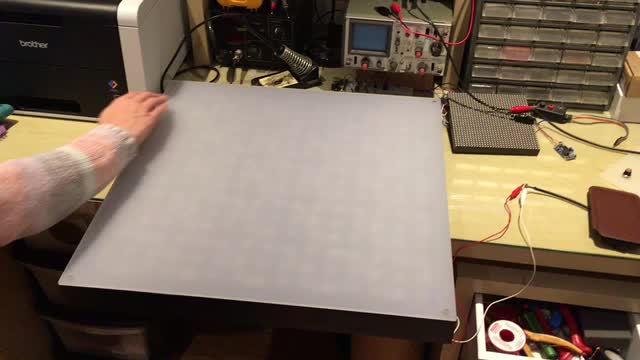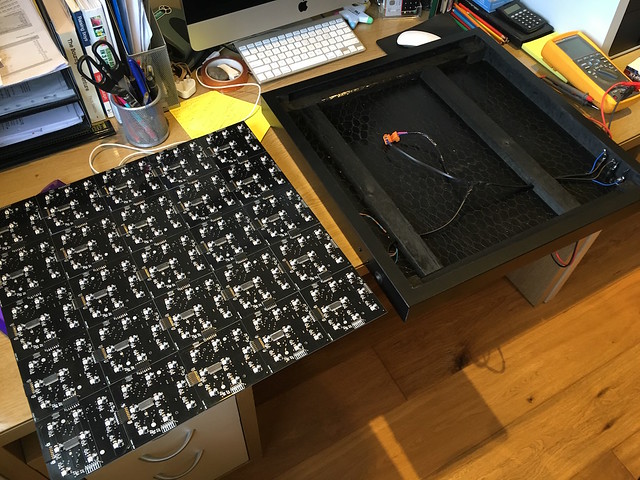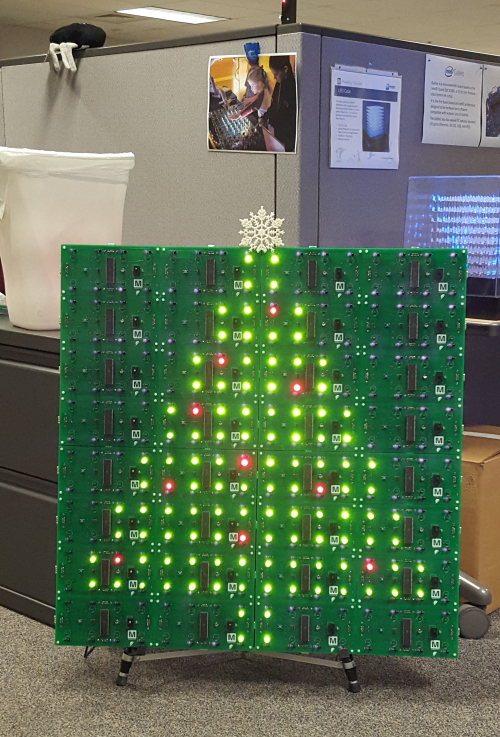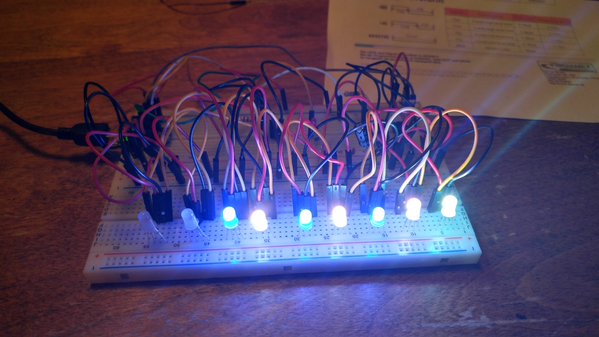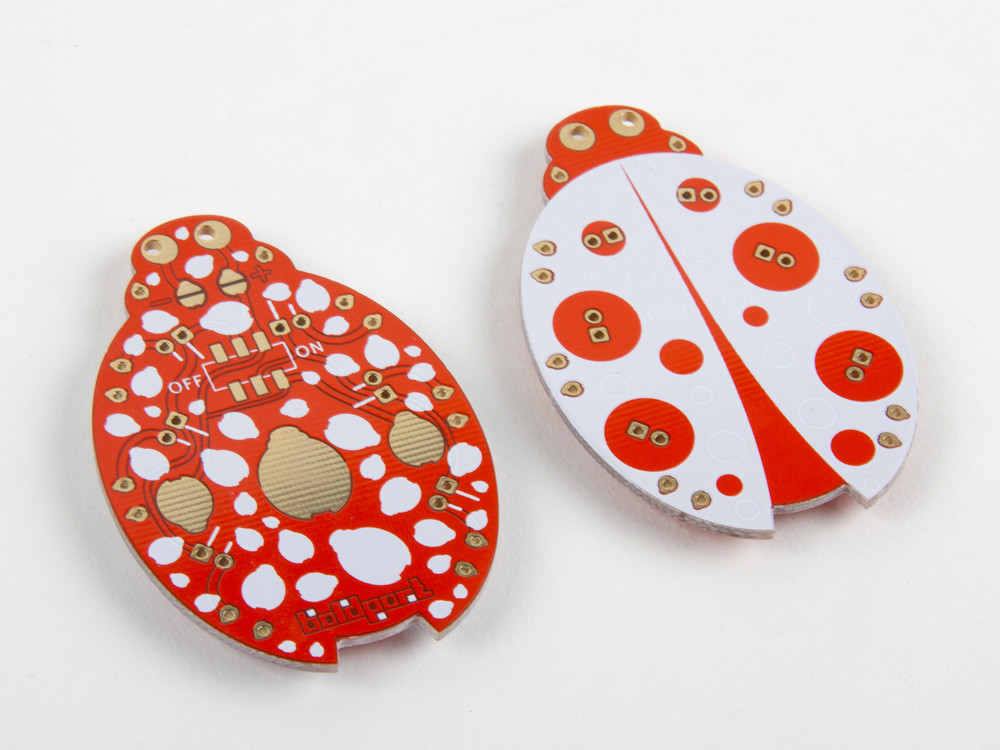It has come to our attention recently that there is reason to question the Arduino team’s commitments to its community and to open source hardware.
Dale Dougherty posted on the Make blog about Arduino’s apparent lack of progress toward their announced Arduino Foundation. Phillip Torrone posted to the OSHWA mailing list about Arduino products that fail to meet the basic criteria of open source hardware projects. These are both troubling. As members of the open source hardware community and members of the Arduino community, we would like to add our weight to the call for Arduino to return to their open source hardware roots.
(Some disclosure on our relationships to these communities: we have been building Arduino-compatible open source hardware projects for years, and have been an official Arduino reseller. We have participated in developing the Open Hardware Definition and in the formation of OSHWA. While not everything we do is open source, we have been heavily invested both personally and professionally in open source hardware and software for many years.)
We love Arduino and we, along with a large and diverse set of communities, have benefitted enormously from the breadth and depth of the Arduino family and its resources. This is an exciting era for Arduino and for open source hardware, with the debut of the first Arduino and compatible boards based on silicon level open source hardware.
However, we are deeply concerned that several recent products from Arduino are claiming to be open source but upon research, indeed do not appear to be so. Arduino, once one of the standard bearers in our community, now seems to be falling into the grey area of OSHWINO (Open Source Hardware in Name Only).
We would like to openly call for Arduino to immediately publish the missing design files and license information for these products. Even from a basic truth in advertising perspective, future products labeled as open source need to have these requirements met by their time of release. We also join in Dale’s call for bringing the Arduino Foundation into existence: it is more clear than ever that Arduino needs to renew its promise to the community.
Update, June 16, 2017: Massimo Banzi comments below: “Arduino is open source HW and SW. Full stop. Some files seems to be missing and I’ll inform my colleagues at .org that they need to update them.”
Update, July 28, 2017: Arduino appears to be under new managment, with Massimo Banzi in a larger role. We are optimistic that this represents a major turning point in the story.








